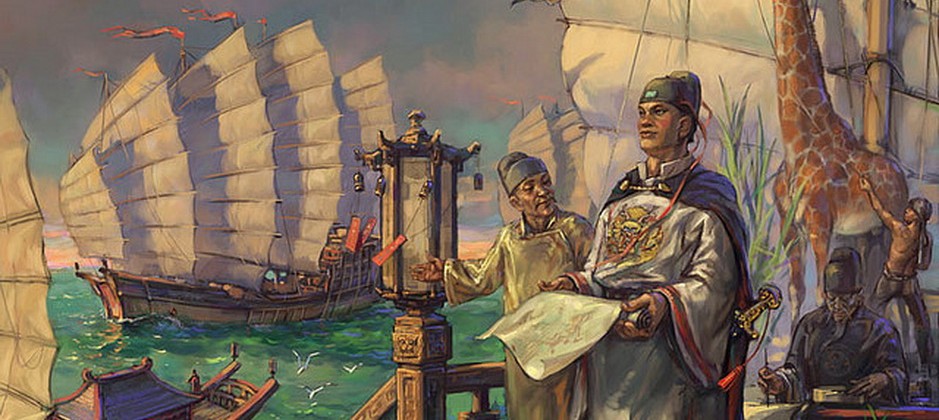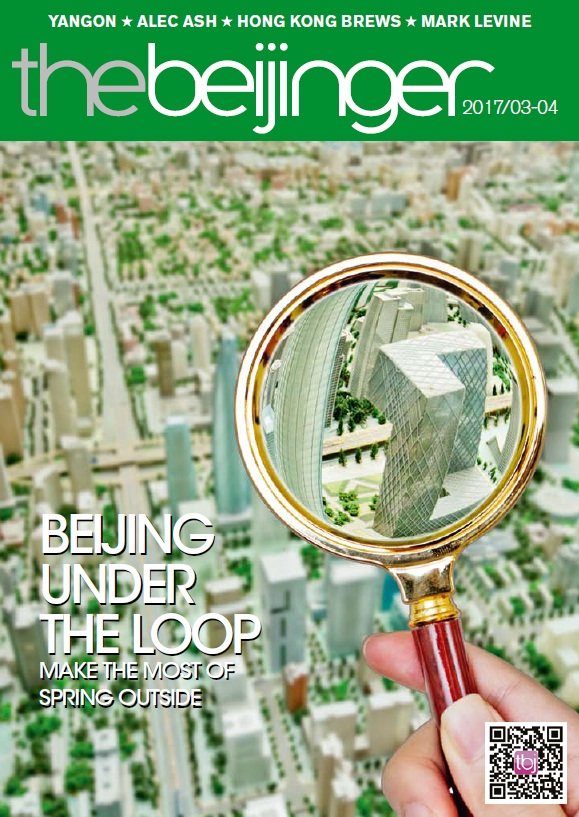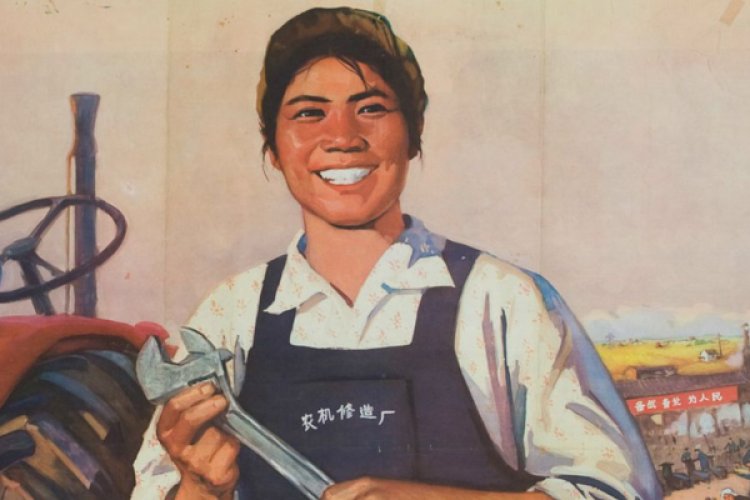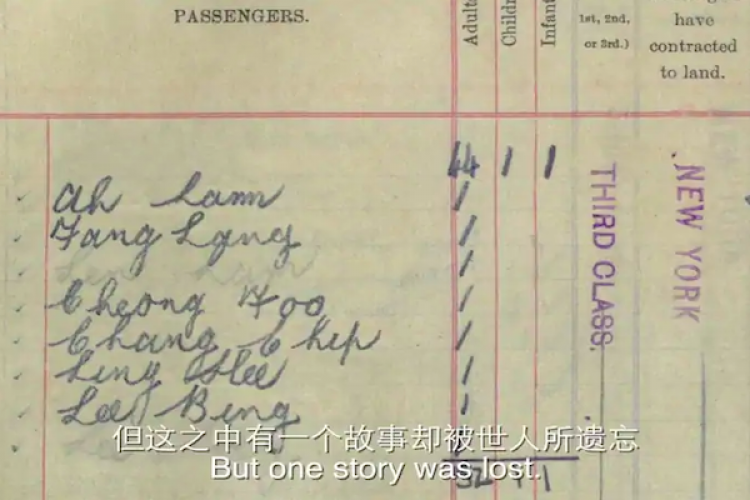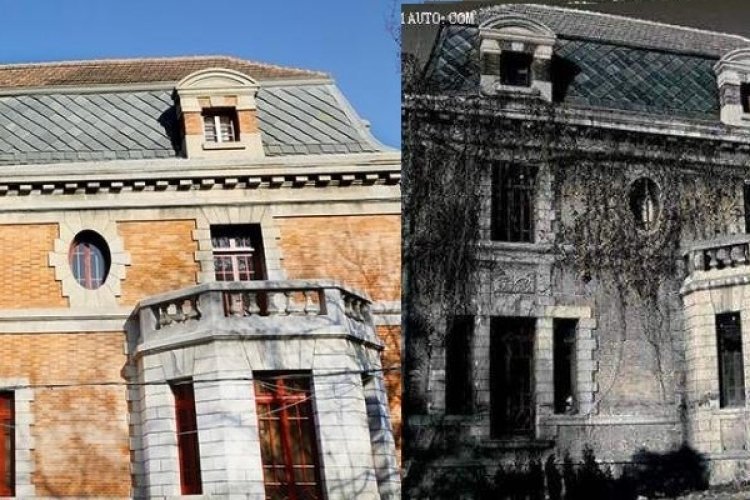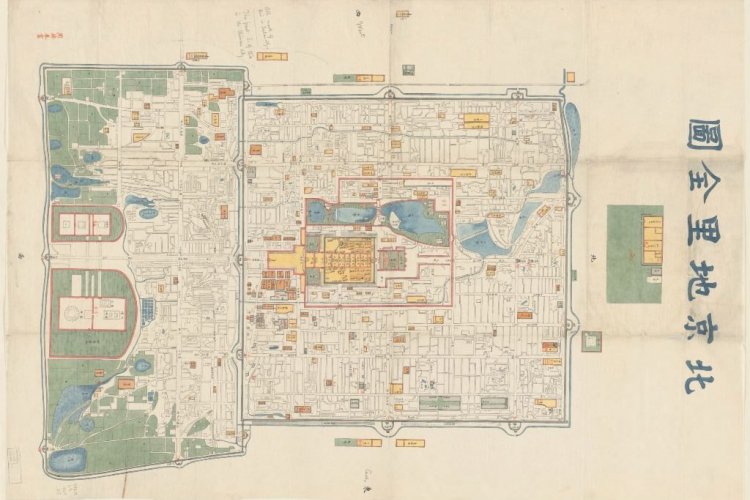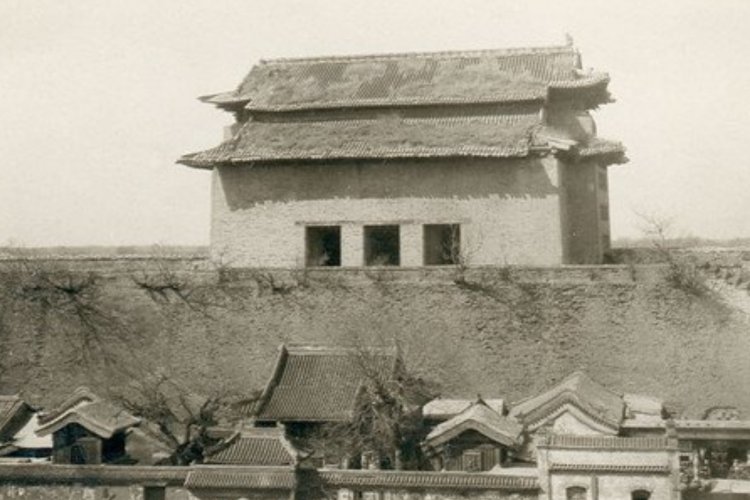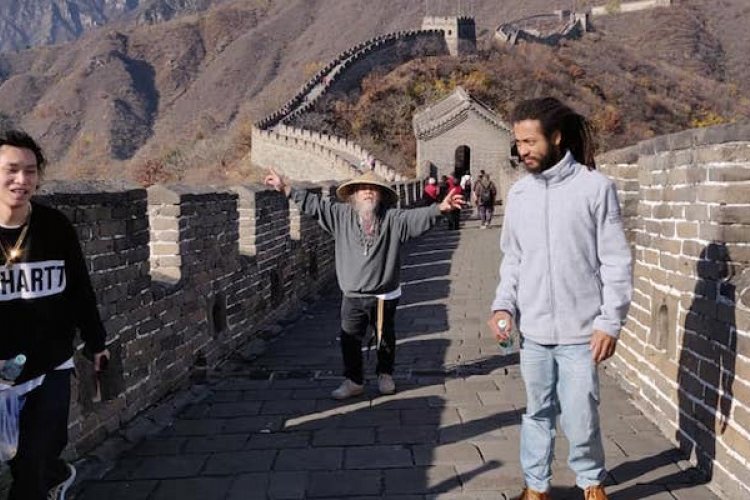since living in Beijing, I have been reading books to gain a better under standing of the chinese history. I applaud the author of this article. It covers more information than what I found in the many books that I read.
We will pass that on to the author, thanks for your feedback!

